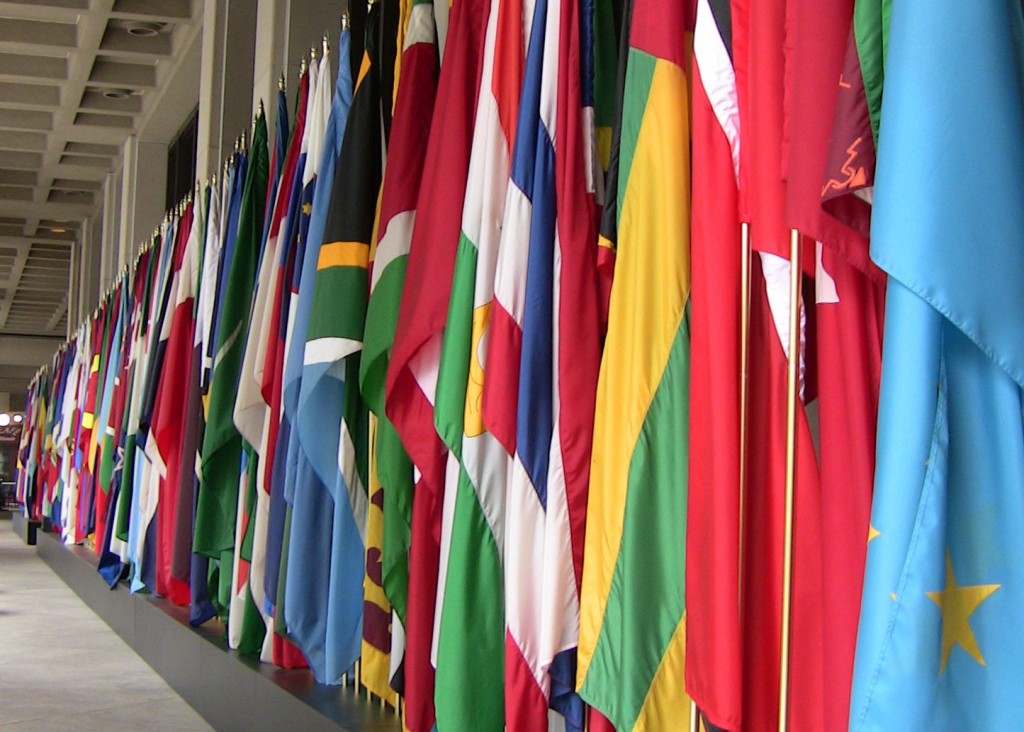Two weeks ago, we celebrated the 20th anniversary of the Inspection Panel of the World Bank. The idea for the Panel—sprung from the imagination of CIEL heroes David Hunter and Dana Clark—was then and remains now revolutionary. It marked the first time local communities possessed an avenue to raise their concerns to the highest levels of the Bank and seek redress for the harms caused by projects funded by the World Bank. Taking their cue from the World Bank, other multilateral development banks have followed suit by creating their own accountability mechanisms.
This week the Governors of the World Bank will approve the Bank’s first strategic plan to achieve the twin goals of ending extreme poverty and promoting shared prosperity.
One of the overarching themes of the strategy is the need for greater risk-taking—more investments in fragile and conflict-affected countries, greater engagement with the private sector, and more emphasis on “transformational” projects. As an example of a transformational project, the strategy references the Bujagali Falls Hydroelectric project in Uganda, co-financed by the public and private sector arms of the World Bank, the European Investment Bank and the African Development Bank. This project has been the subject of multiple complaints at the Inspection Panel, the IFC’s Compliance Advisor Ombudsman, the EIB’s Complaints Mechanism, and the Independent Review Mechanism of the African Development Bank. As examples go, they could have done better.
In light of the Bank’s new strategy, the role of the Inspection Panel is more critical than ever to ensure that poor and marginalized communities do not bear the cost of the risk-taking. However, the Bank cannot outsource its “accountability issues” to the Panel. The Bank must uphold its side of the bargain in the following two ways:
- An accountability mechanism is only as good as the standards it enforces, and vice versa. The Bank’s policies are not currently adequate to assess and manage the types of risks that are implicated in its “new” approach to development, namely human rights risks. We are calling on the Bank in its review of its social and environmental policies to adopt a requirement to undertake an assessment of human rights risks; ensure consistency between its policies and international law; and adopt an explicit commitment not to fund projects that could cause or contribute to human rights violations.
- The strategy says that, “Smart risk-taking…will require an accountability mechanism that complements compliance with a focus on outcomes.” The “outcome” of an Inspection Panel investigation is a report identifying where the Bank’s policies were not implemented correctly. It has been and continues to be Bank management’s responsibility to respond to those findings and propose a way to fix the problem. The Panel’s investigations provide an opportunity for the Bank management to engage with those communities whose lives have become worse, rather than better, from the involvement of the World Bank. Lately, though, instead of spending its energy trying to fix the problem, the Bank spends its resources on denying there is one or that it’s responsible. We still need an accountability mechanism that focuses on compliance, what we’re missing is a Bank that focuses on outcomes.
The world has changed in the last twenty years, of course, and so has the World Bank, but what hasn’t changed is the need for a mechanism to ensure that poor and marginalized communities aren’t sacrificed in the name of development.
Originally posted on October 15, 2013.

